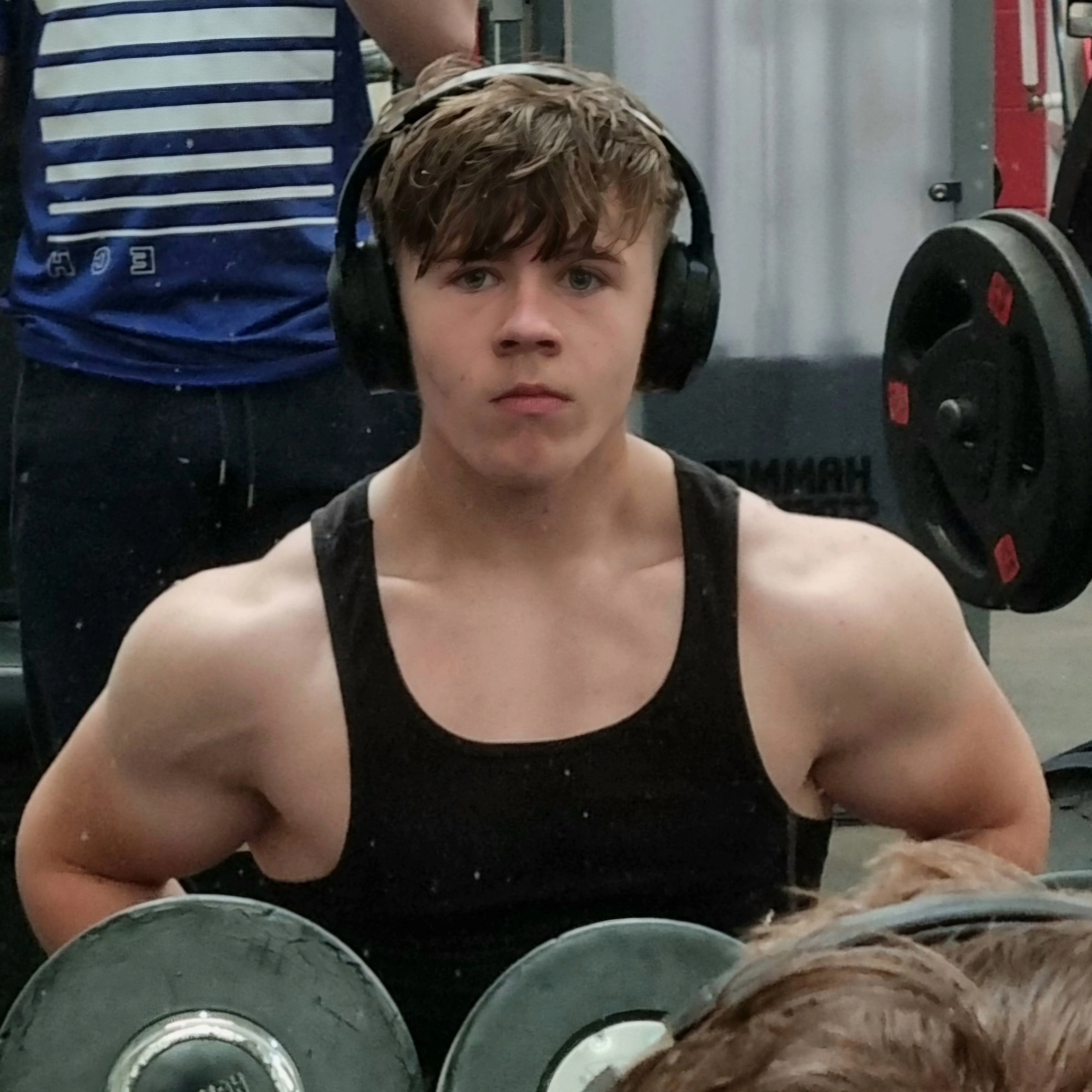RP03 - Electrolysis
Cards (17)
- What is the first step of the electrolysis practical?
- What is the second step of the electrolysis practical?
- What is the third step of the electrolysis practical?
- What is the fourth step of the electrolysis practical?
- What is the fifth step of the electrolysis practical?
- What is the sixth step of the electrolysis practical?
- What is the seventh step of the electrolysis practical?
- What forms at the cathode during electrolysis of sodium chloride solution?
- If the metal is more reactive than hydrogen, what is produced?
- If the metal is less reactive than hydrogen, what happens?
- What are the only three metals that are deposited?
- How should you remember the three metals that are deposited?
- Why is hydrogen produced instead of sodium?
- Why is chlorine produced at the anode?
- What happens if the solution contains a halide ion (i.e., Cl⁻, Br⁻, I⁻)
- What happens if there is no halide ion present?
- What is oxygen gas produced from
